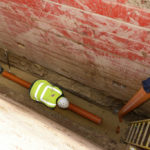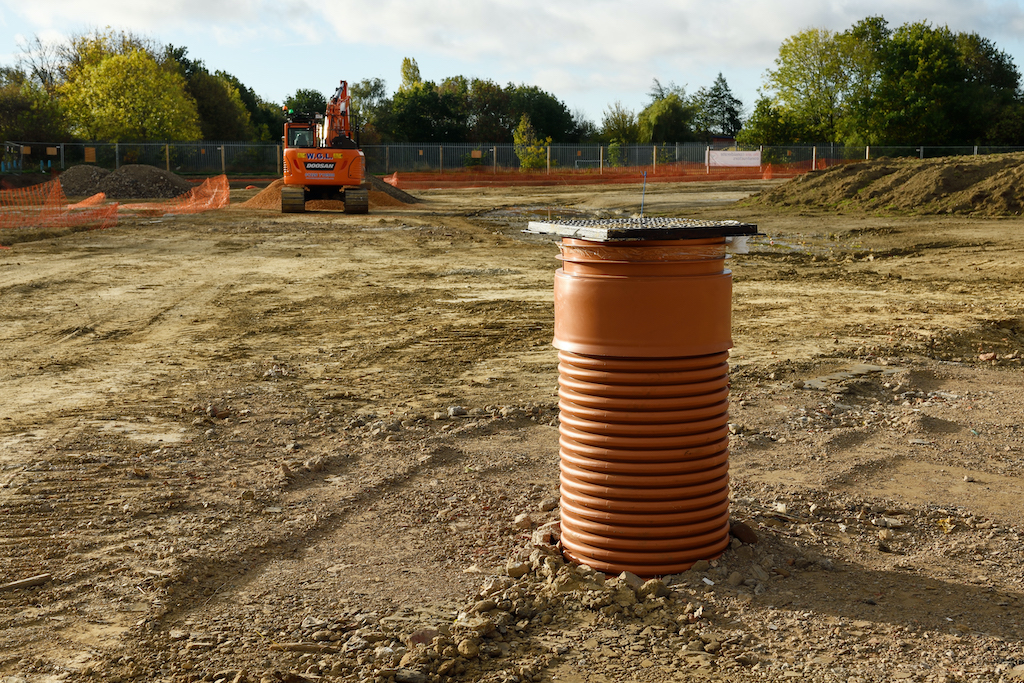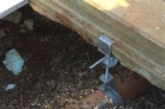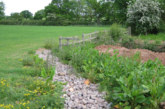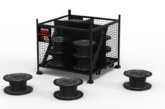Recent changes to the Sewers Code will widen the choice of drainage options facing builders. Richard Eddy, Product Manager, Below Ground Drainage, Polypipe Building Products, explains.
In April 2020, without much fanfare, there was a significant change in these guidelines. The introduction of a new Sewers Code for Adoption from Water UK provides a great opportunity for builders and developers to operate more flexibly and sustainably.
The Sewers Code for Adoption guidance includes a Design and Construction Guidance document that affects the adoption of sustainable drainage systems and below ground drainage systems on all development sites in England, providing developers and contractors with an updated, standardised set of delivery procedures.
The significant difference from the preceding guidance is that the definition of a sewer is changing from a channel that supplies ‘working outfall’ to one that offers ‘effective outfall’. This means that a lot of SuDS systems which would not have been considered adoptable under the old regime can now be classified as such, subject to the correct design and specification.
The framework has been put in place for the use of a greater range of below ground and above ground water drainage systems. Importantly, there is an explicit instruction that the use of plastic-based pipes for below ground drainage can be considered on all sites.
This instruction on the use of plastic pipes means that builders – in those areas of England which were restricted in their choice of materials – can improve their efficiency and reassure customers that they are using more sustainable materials.
Plastic pipes typically weigh around 94% less than rigid pipe alternatives such as concrete and clay. This significantly lighter weight makes them easier for contractors to handle on site, reducing the amount of machinery and labourers required to install them.
This also means that longer lengths and larger, more complex fitting modules can be manufactured remotely and transported to site in one piece without being hampered by weight restrictions, reducing the time that specialist trades are required to spend on site.
Once installed as part of a sewer pipe system, plastic can remain in place for many years. Recent tests by TEPPFA show that buried PVC-U and PE pipes have a service lifetime of more than 100 years with minimal degradation. This reduces the maintenance costs and reduces the system’s whole life cycle costs.
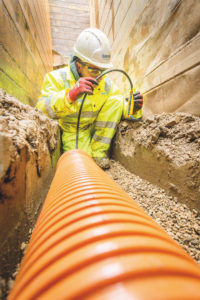 The plastic used in these systems is also recyclable once it reaches the end of its life.
The plastic used in these systems is also recyclable once it reaches the end of its life.
The clarity that the Code for Adoption guidance brings to the industry means that developers no longer have to adhere to different systems and guidelines depending on which sewerage company they are working with.
Instead, they can specify and install plastic systems and can be assured that, not only are the products completely compliant with the standards, but that there will also be no issues when the sewerage companies adopt them.
Working directly with a manufacturer will give you access to the best and latest developments in the industry. Polypipe has developed and is constantly working to add to what is the UK’s widest and most varied range of plastic-based drainage and water management systems.
In the past 18 months Polypipe has introduced the new MCD100 domestic drainage channel range, a sturdy and simple to fit system that works with any surface and the IC600 range of inspection chambers as an adoptable alternative to traditional concrete ring manholes.
Under the new Sewer Code for Adoption, the IC600 bases are suitable for connection to smoothwall underground pipes of 160mm, 250mm, or 315mm diameter, or connected with other Polypipe Polysewer pipes of 150mm, 225mm, and 300mm when installed with the appropriate adaptor systems.
Builders and developers now have more options in front of them to install a suitable drainage system, and are able to draw on a greater range of materials and products to develop solutions that meet the standards and the needs of the water company.

